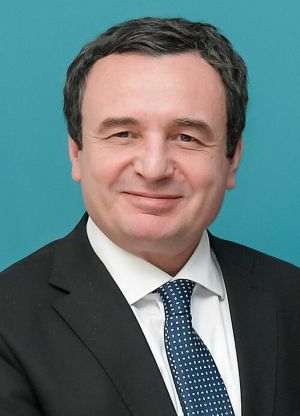Over the last three weeks, among many other statements and analyses, of all kind news are being snuck in, with claims that we may have a third wave of the SARS-CoV-2 pandemic in the first quarter of 2021, or that the pandemic will last until the summer or all of the year 2021. The "news" come from certain doctors, who are otherwise respectable in their profession, but who, without any solid arguments, express their own opinions on the evolution of the SARS-CoV-2 pandemic, probably based on a descriptive analysis of historical data. Some of them have the cautiousness of quoting the World Health Organization as the source which broadcast this information, thus resorting to an appeal to authority, even though the WHO has a doubtful credibility. Others rely on historical data or their own intuitions, since they provide no information on how what their predictions on the evolution of the pandemic that we are being faced with.
But what are the arguments for making predictions on the evolution of a pandemic? Is it enough for somebody, even if they are an authority in epidemiology, to publicly declare that there will be a third wave of SARS-CoV-2 pandemic? I think not. Just like how the laypeople, that I am one of, don't have that right. And then who has that right? We do not have to ask who specifically has that authority, but rather under what circumstances a person has the authority to make statements concerning the duration of this pandemic. It should be taken into account that constantly peddling news which, through their form constitute a form of collective threat can negatively influence economic activity. It is known that the SARS-CoV-2 pandemic has had a negative impact on consumption and services provided to the population. This thing has been noted this year, separately from the restrictions which have been introduced administratively and have even sought to combat the pandemic. People have become more cautious, have temporarily changed their spending hierarchy, so that the propensity for consumption has decreased and this situation has widely affected the consumer goods industry, public catering, light industry (clothing, footwear). Therefore, those who make statements should think about this aspect, out of responsibility for all the producers and retailers who could be affected in their business.
In the Western World predictions have been made on the evolution of a pandemic based on mathematical models since the 1930s. Anderson Gray McKendrick, epidemiologist, who used mathematics in epidemiology, as well as William Ogilvy Kermack, a biochemist with mathematical studies, are those who have laid the groundwork for the theory that bears their name on the distribution of infectious cases and of the transmission among the population, published in three articles in 1927, 1932 and 1933.
The McKendrick - Kermack theory is the source of the SIR model (Susceptible-Infected-Removed) and its versions. There is a mathematical model which allows estimating the evolution of a pandemic based on ordinary differential equations. The hypotheses contain three groups of the population: group 1 - are those who are "S" susceptible, group 2 includes those who are "I" infected, and group 3, those who are "R" - released or deceased. Any "S" adjustment is proportional with the result of "S" and "I". A person is only part of the "S" group if they are infected, and a person is no longer a part of group 2 "I" unless they are released or they have died. The infection rate is labeled βSI, where β is a parameter for infection. It is presumed that the population remains constant. There is also a constant recovery rate per capita marked with r and a global recovery rate rI.
The equations are as follows:
dS/ dt = − βSI
dI/ dt = βSI - rI
dR/dt = rI
Unfortunately I am unable to describe the model in its entirety in just one article. For those who are interested, I can indicate two documents (Florence Debarre: "SIR models of epidemics", Institute of Integrative Biology ETH Zurich or R. Beckley, C. Weatherspoon, M. Alexander: "Modeling epidemics with differential equations", 2013), even though there is an entire body of literature concerning the SIR model and other pandemic prediction models.
Out of the SIR model have arisen other models as well, such as the SEIR model (Susceptible, Exposed, Infected, Released) which introduces another equation with the "Exposed" group (those infected who do not infect others during the incubation period).
It needs to be remembered that it is starting from the base model (SIR) or from its versions that the measures for fighting a pandemic and the mathematical vaccination model are being built. Therefore, things are not done intuitively.
As far as I am informed, the National Public Health Institute works with a mathematician that provides the Romanian government the necessary data to base its decisions for fighting SARS-CoV-2 pandemic. At the time I am writing this article, I do not pretend that I officially know what mathematical model is being used.
I want to close this article with a short experience of my own, so that I can reinforce what is written above. Two weeks ago I had the chance to ask, on Medika TV, an epidemiologist who is respected in Romania, if they had knowledge of the use of a mathematical model for estimating the evolution of SARS-CoV-2. The response was negative. That "character"didn't know, but he still made predictions. The fact that a person with authority in the area of epidemiology didn't know, did not mean that the Romanian authorities don't use such models. The same thing is valid not just in the case of that person, but also for all the doctors, epidemiologists or those with other medical qualifications who speak publicly about the evolution of the pandemic without knowing anything, under a methodological aspect about how to make forecasts over a pandemic, or about the result of a mathematical estimate of that kind. Those who speak about the evolution of a pandemic speak in in public, can influence the consumer behavior of the population.


















































